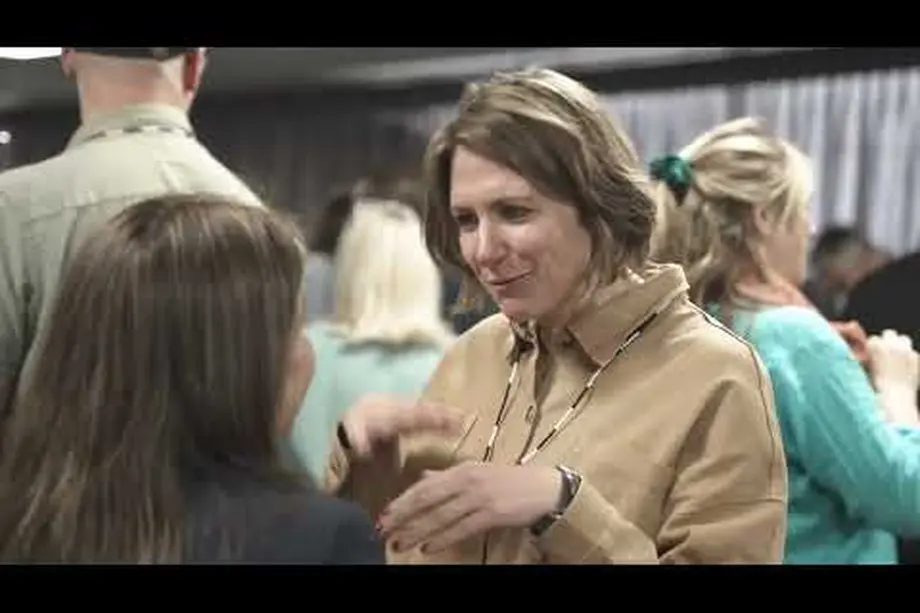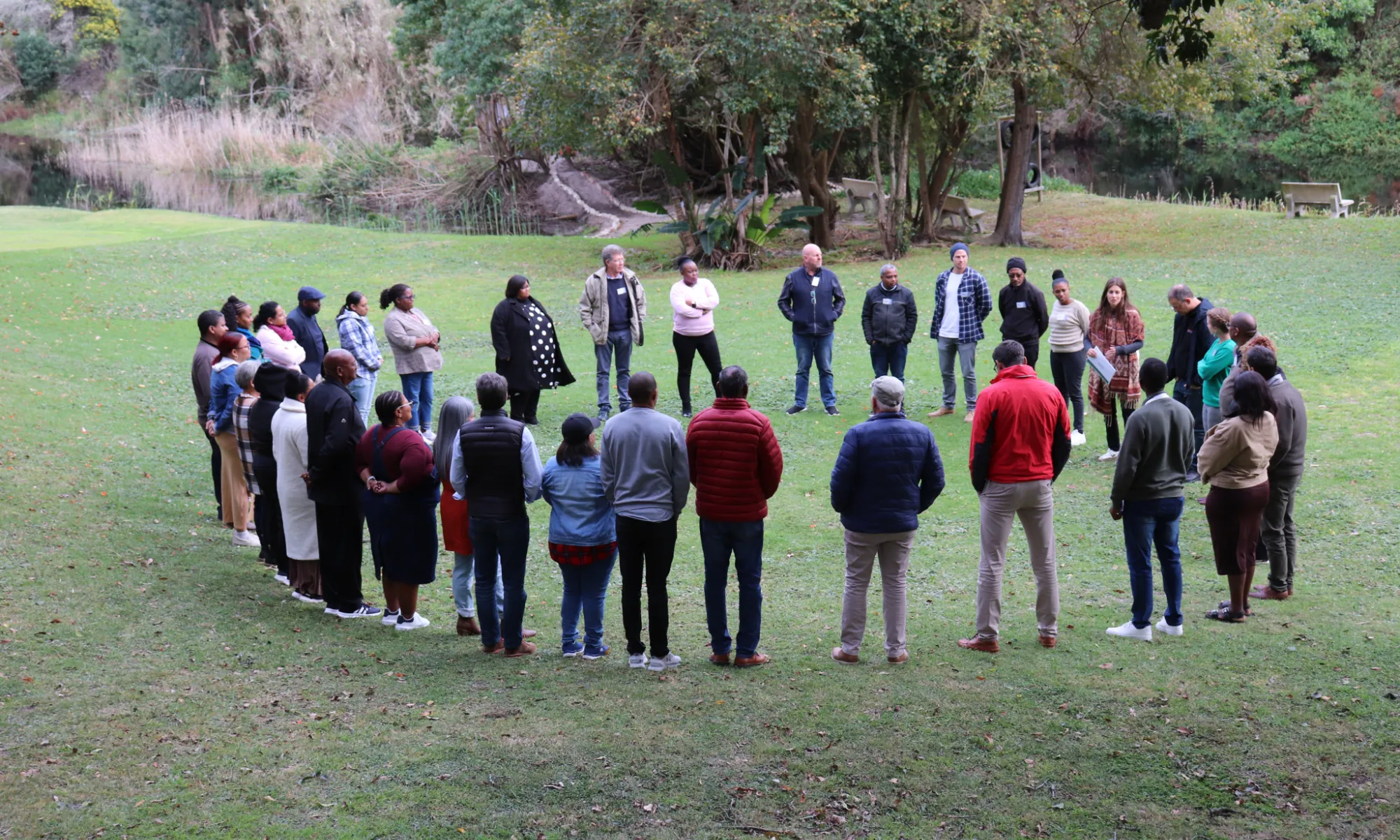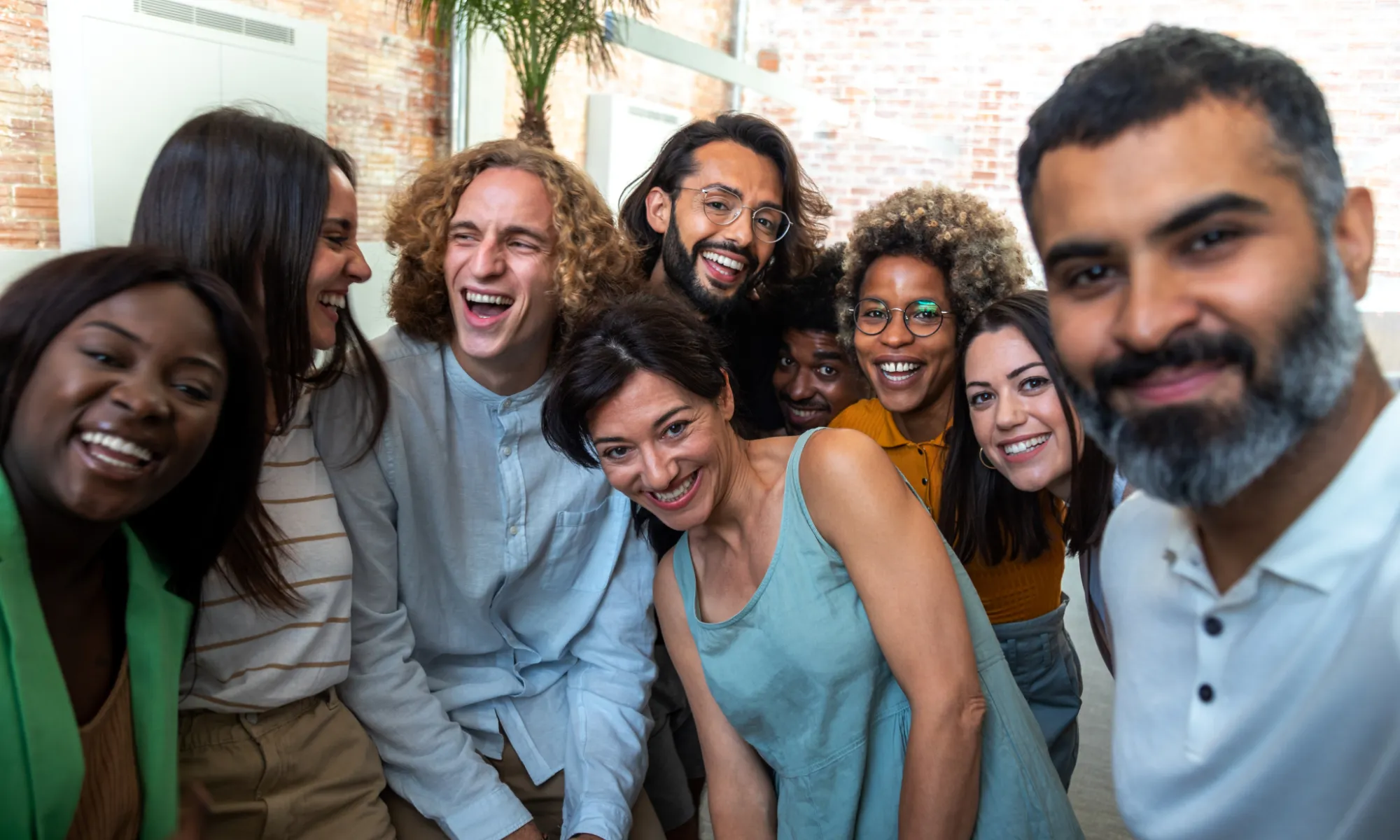What it means to create safe spaces in the workplace
Inclusivity , Storytelling , What's Your Story? , Work , WorkplaceWe hear a lot about creating “safe spaces” in the workplace, but what do these safe spaces look like? And most importantly, how do we do it?

October is Mental Health Awareness Month and, this year, the focus is on mental health in the workplace – an area that has gained a lot of attention due to the increasing pressures of modern work life, especially after the COVID-9 pandemic. We often face long hours, high stress and job insecurity, leading to increased rates of burnout and mental health issues.
So how can we create safe spaces for ourselves and our colleagues to share our struggles with mental health? One way is through story-sharing. Whether you're telling your story through reels, Facebook posts, monthly photo dumps or threads – we are programmed to communicate ideas and emotions through stories. What's Your Story? facilitator Seth Naicker describes the programme as a tool to close the gap between major issues and build a sense of community, “as people learn to do story-sharing it allows them to stop working in silos, and take off the masks that they wear”. He says that What's Your Story? has the potential – when used well – to create greater cohesion in the workplace.
If you want to find out more how What’s Your Story? can help create safe spaces, watch this short video:
Personal storytelling in the workplace
Workplaces can feel a lot like high school; whether it’s having to navigate cliques and exclusion, climbing the social ladder, or even rampant gossip. Think about the circle of friends you sit with during lunch – we all tend to gravitate towards people who we identify with, and these preferences can be based on age, race, gender or even class. Have you thought about how through your preferences you may be closing yourself off from the rest of your team just because you think that you have nothing in common with them. There are many reasons why sharing your story and allowing others to share theirs can be beneficial. One way to create connections and a sense of community, especially across various departments and teams, is through story-sharing, even if it seems like a daunting task. Beyond it being a creative outlet that you and your team can use to get to know each other, it creates a level of humanity in the workplace that people are so desperately seeking.
Here are some strategies to help you and your team get to know each other better:
Start by creating guidelines that promote respect, confidentiality, and active listening by making it clear that all stories are valued and that there’s no judgement.
Split your team members into groups of 3 or 4 people and have them share a memory or story around a topic. For example, set aside a day and ask each person to bring something they’re interested in, proud of, or that represents them.
Another way to share stories is to have it during a regular meetings or at the start of a workshop. We all have a story around failure. Start by asking your group to speak about a moment in their life where they felt like a failure, how they overcame it, and what they could have done better now that they have made it to the other side.
Begin your meetings with a lighthearted icebreaker question. This can help warm up the atmosphere and encourage openness. Pull up a map of the world and ask your team to choose a place and share a memory they associate with that place. The point of this is to get people to open up so that their colleagues can get to know them better.
Lastly, celebrate your colleagues' stories by highlighting and celebrating stories of resilience and achievement in newsletters or team meetings to show appreciation for sharing.
If you are a manager and want to foster a sense of community and closeness within your team, or to find out more about running a story-sharing initiative at your workplace, contact our team at wys@heartlines.org.za. You can also download our resource to help guide you through how to use Ask. Listen. Tell. in your workplace and beyond.
Featured







